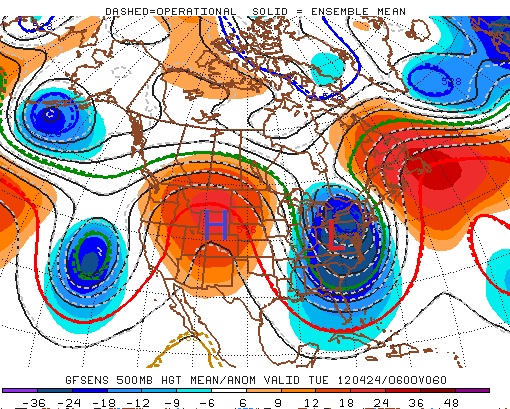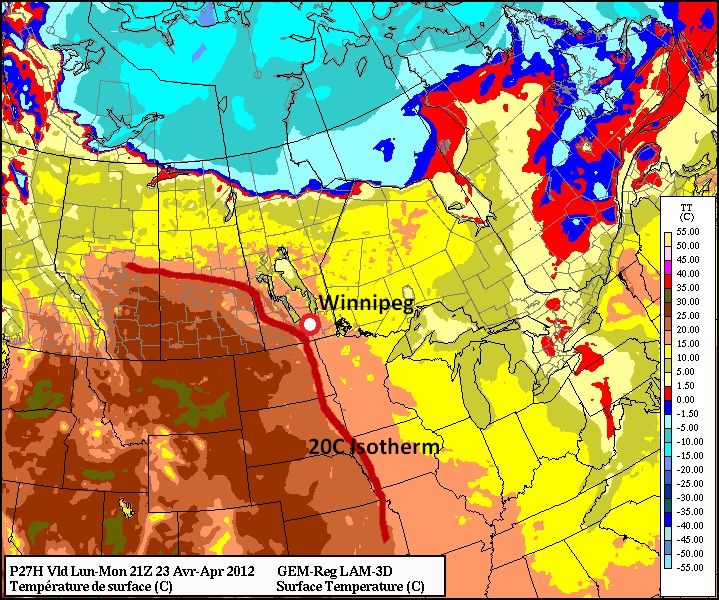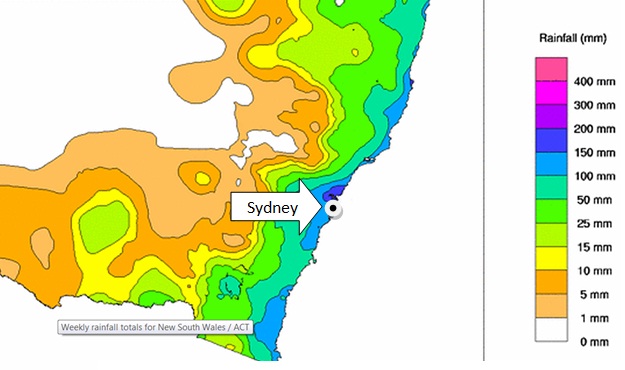After a few days with below-normal daytime highs, a southerly flow is setting up to return early-summer warmth to Southern Manitoba; however, an upper trough will bring wet conditions to portions of Southwest Manitoba
Under the influence of a strong arctic surface ridge, temperatures in Winnipeg have been 4 to 5°C below normal the past fews days. Fortunately, the low pressure system in Hudson Bay that has been blocking the ridge from moving out of our area is beginning to move off as it becomes caught up in a powerful storm system forecast to bring upwards of 50mm to portions of the Maritimes, including New Brunswick and Newfoundland.
However, as the ridge moves off, a large upper trough will continue its trek into the Prairies, pushing into Saskatchewan over the next 36 hours. Multiple shortwaves are embedded in the trough, with two main ones to watch:
- One shortwave is lifting northwards from British Columbia and will track eastwards near the 60th parallel.
- A second shortwave will track along the base of the trough into Eastern Montana/Western North Dakota before becoming cut-off and stalling out.
For today, a large area of precipitation will link the two shortwaves, but weaken later in the day as they move further apart and the overall lift weakens a little bit. As the line of precipitation moves eastwards into Manitoba, it will also have to battle with the dry air flowing out from the high over the eastern portion of the province. This should keep most of the rain out of the Red River Valley, with only a slight chance of a passing sprinkle this afternoon and overnight right along the Western Escarpment.
We should see mostly sun today and tomorrow, with daytime highs near 12°C. Sunday will mark the beginning of the big warm up as the southern shortwave, after stalling out over Eastern Montana for a day or two, heads our way. We should see temperatures climb into the upper teens on Sunday with a mix of sun and clouds before the system moves in overnight.
For next week, Moday looks showery but then skies clear out and we’ll have beautiful weather for most of the week with highs near 20°C.







